Water For All
Key Notes:
Introduction
- Water is a fundamental necessity for life on Earth, required for drinking, agriculture, industrial processes, and maintaining ecosystems.
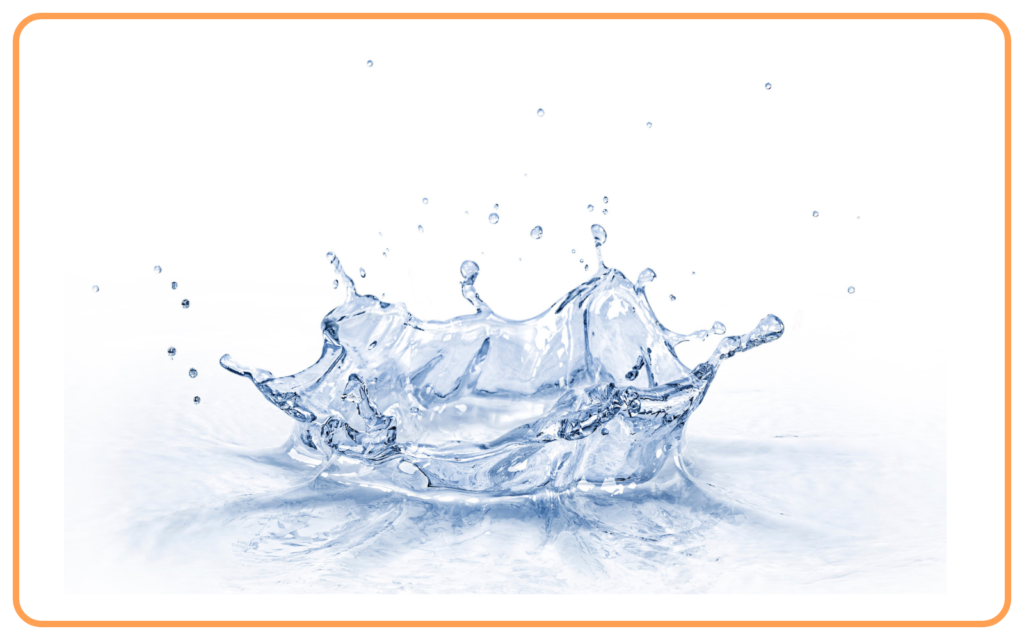
- Water scarcity and access to clean water are major global challenges, affecting both developed and developing nations.
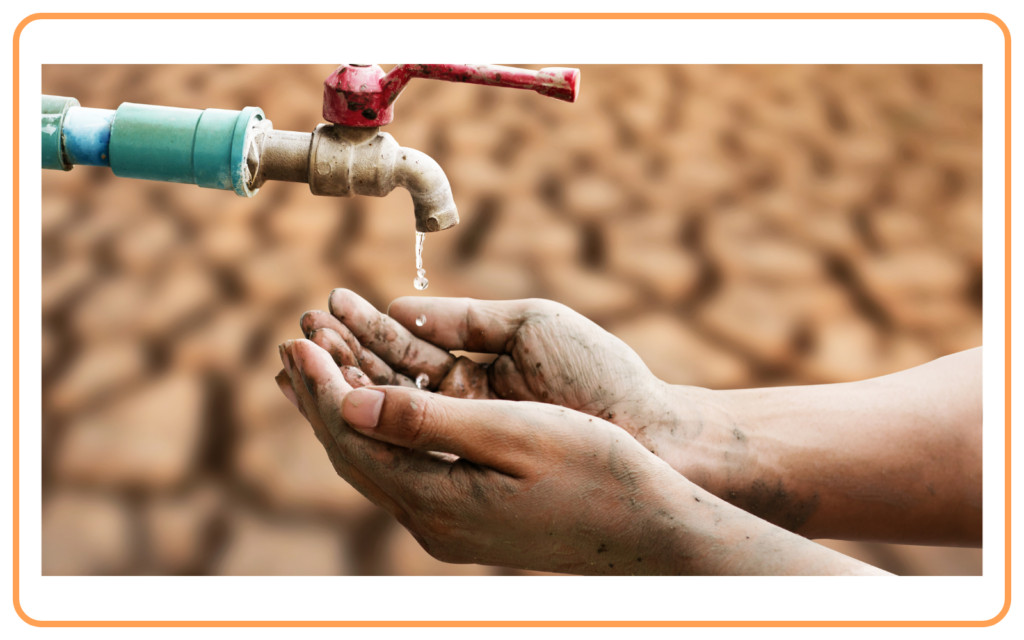
Importance of Water
A. Essential for Life
- Water is needed for hydration to maintain the health and well-being of all living organisms, including humans, animals, and plants.

- It is vital for agriculture (irrigation), industry (production processes), and household needs (cooking, cleaning, etc.).
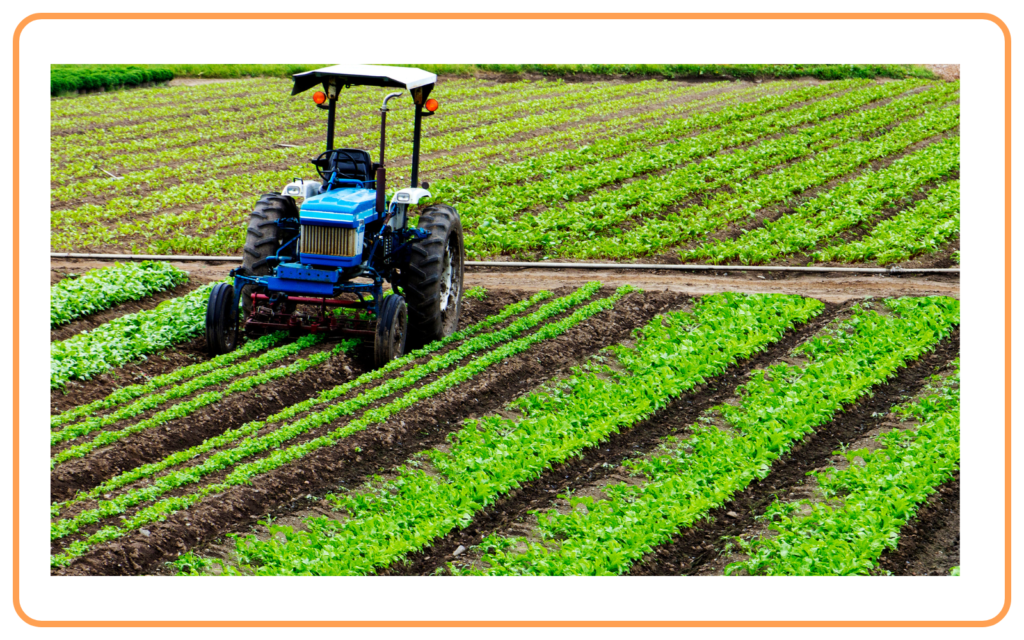
B. Water and Ecosystems
- Freshwater ecosystems, such as rivers, lakes, and wetlands, support a wide range of plant and animal species.
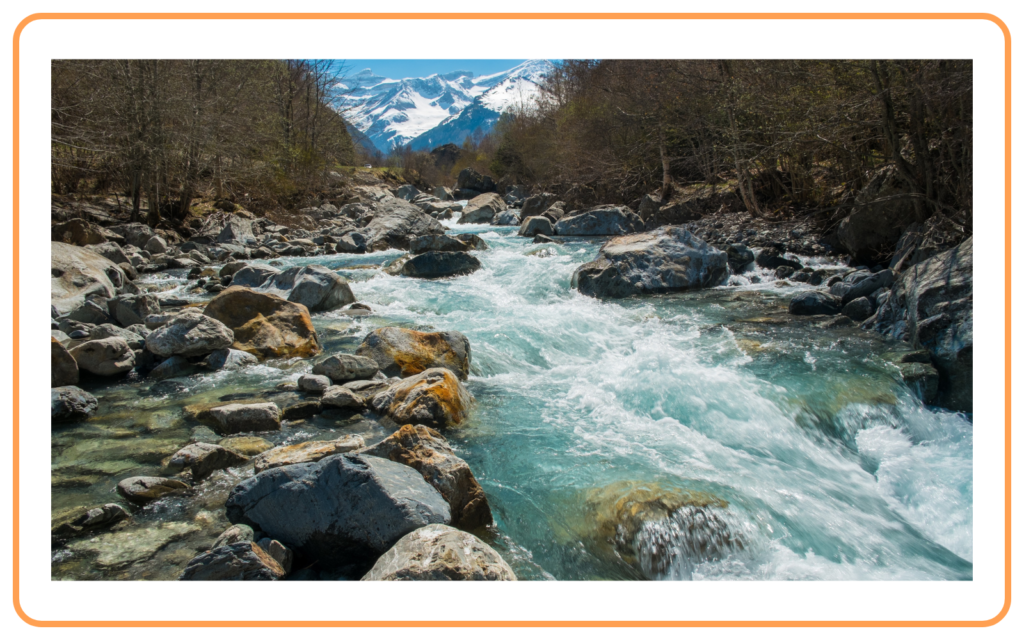
- Water helps maintain the balance of ecosystems by supporting plant growth, replenishing groundwater, and regulating the climate.
Water Crisis
A. Water Scarcity
- Water scarcity refers to the lack of sufficient available freshwater resources to meet the demands of water usage.
- Physical water scarcity occurs when water resources are insufficient to meet the needs of a population.
- Economic water scarcity happens when people cannot afford to access water or lack the infrastructure to do so.

- Causes of Water Scarcity:
- Over-extraction of groundwater and surface water.
- Pollution of water bodies by industrial waste, agricultural runoff, and domestic waste.
- Climate change leading to irregular rainfall patterns and droughts.
- Population growth increasing demand for water resources.
B. Water Pollution
- Water pollution is the contamination of water bodies by harmful substances, such as chemicals, sewage, plastics, and industrial waste.
- Polluted water can cause diseases like cholera, dysentery, and typhoid, affecting public health.
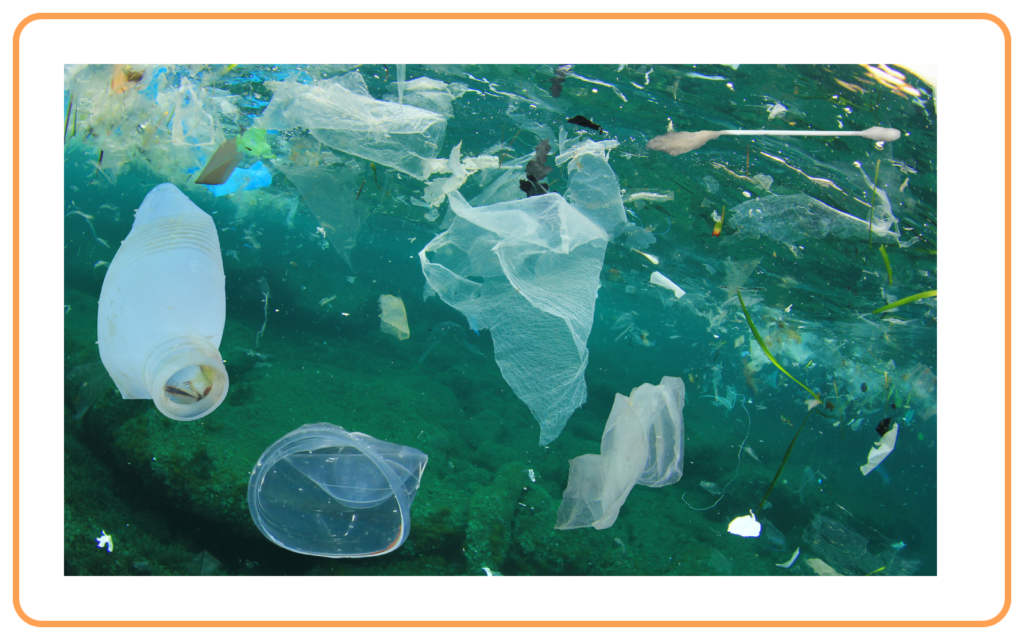
Global Water Distribution
- Water is unevenly distributed across the globe. While about 71% of the Earth’s surface is covered by water, only 2.5% of it is freshwater.
- Of this, 68.7% is locked in glaciers and polar ice caps, leaving only about 1% of the total global water available for human use.
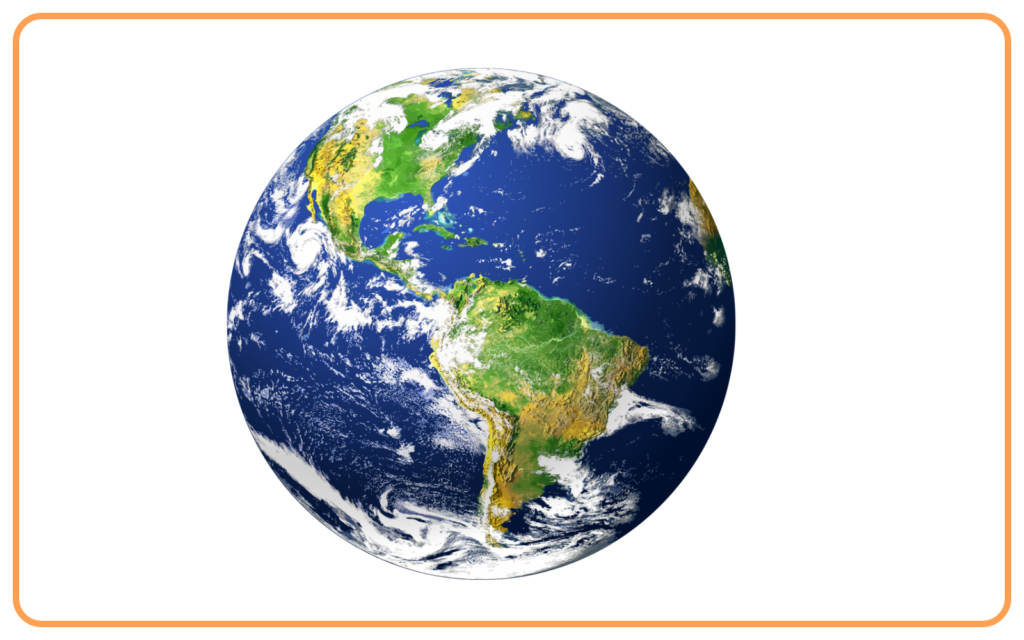
- Many regions, particularly in Africa, Asia, and parts of Latin America, face water scarcity, while countries with abundant water resources often suffer from poor management.
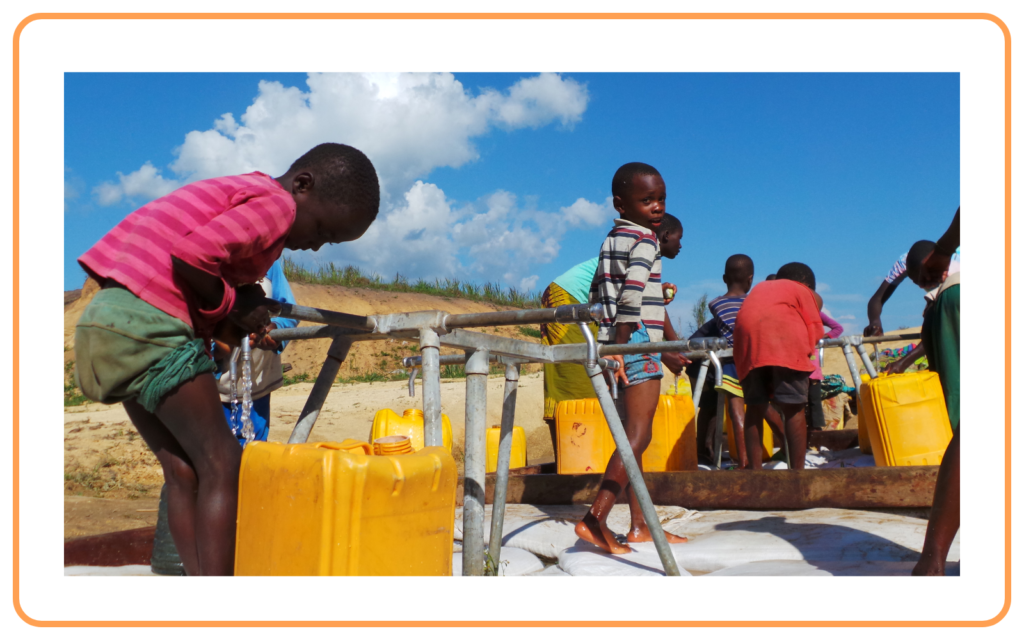
Solutions to Water Scarcity and Pollution
A. Water Conservation
- Conserving water involves using water efficiently and reducing waste. Techniques include:
- Rainwater harvesting to collect and store rainwater for use.
- Water-efficient technologies in homes, agriculture, and industries (e.g., drip irrigation, low-flow faucets).
- Public awareness programs to encourage water-saving habits, such as turning off taps when not in use.
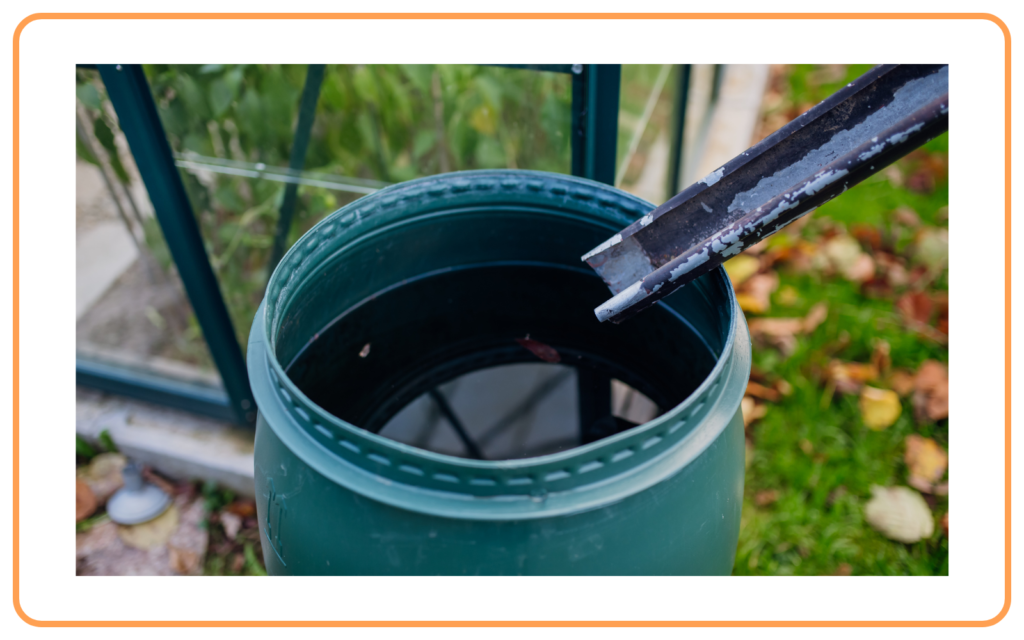
B. Wastewater Treatment
- Wastewater treatment is the process of removing pollutants from water before it is released into the environment or reused.
- Advanced treatment plants help purify water for drinking, agriculture, and industrial use.
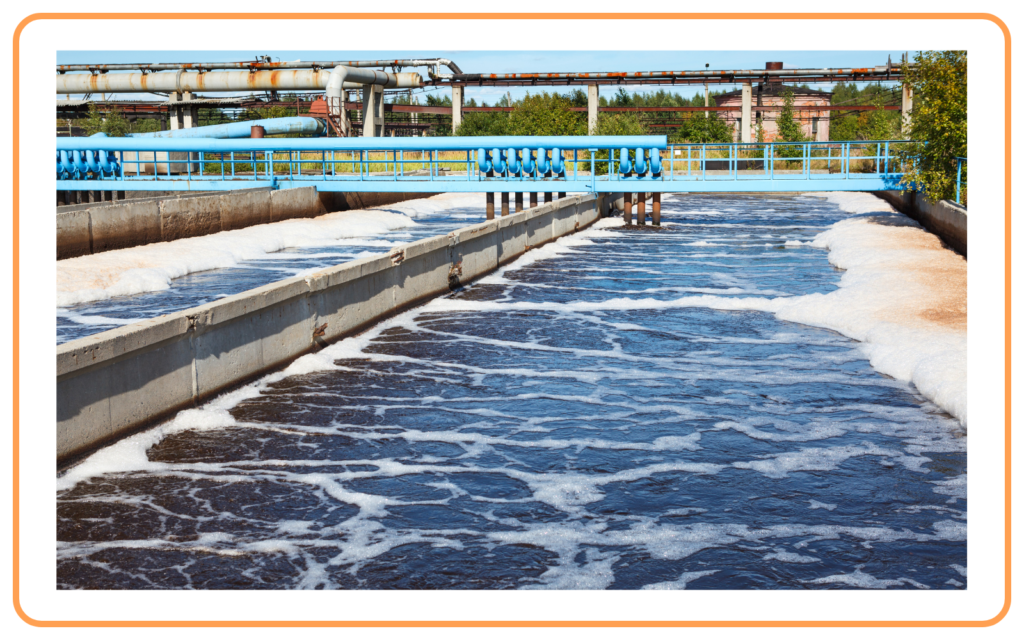
C. Pollution Control
- Governments and organizations need to enforce strict pollution control measures:
- Limiting industrial discharge into rivers and lakes.
- Treating sewage before releasing it into water bodies.
- Reducing the use of harmful pesticides and fertilizers that contaminate water sources.
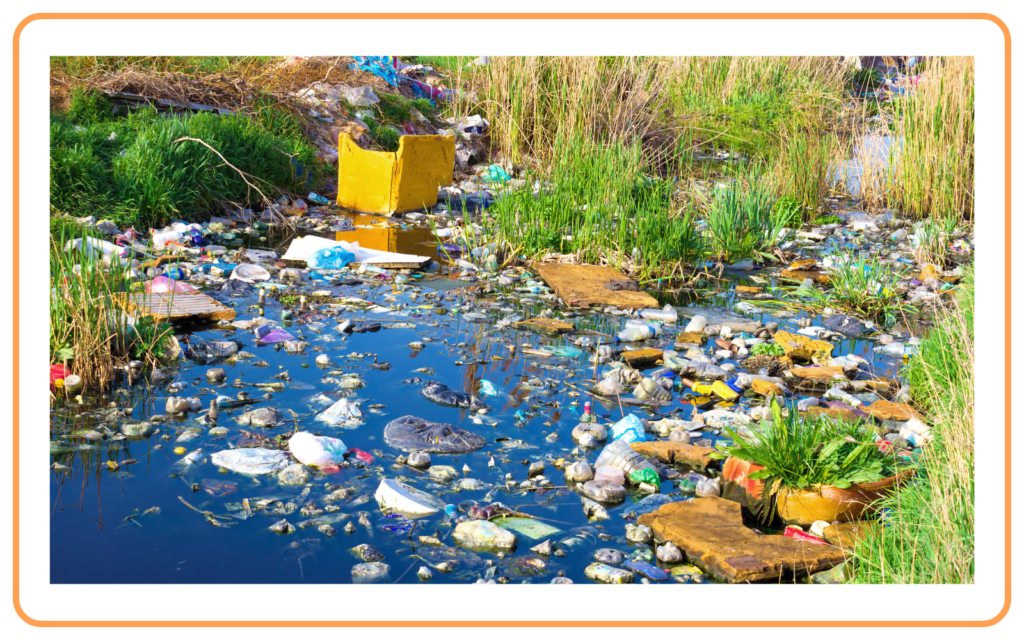
D. Sustainable Water Management
- Efficient water management involves balancing water supply and demand to ensure that all sectors of society have enough water without over-exploiting resources.
- Water pricing can encourage efficient use of water resources.
- Governments can promote recycling and reuse of water in industries and households.
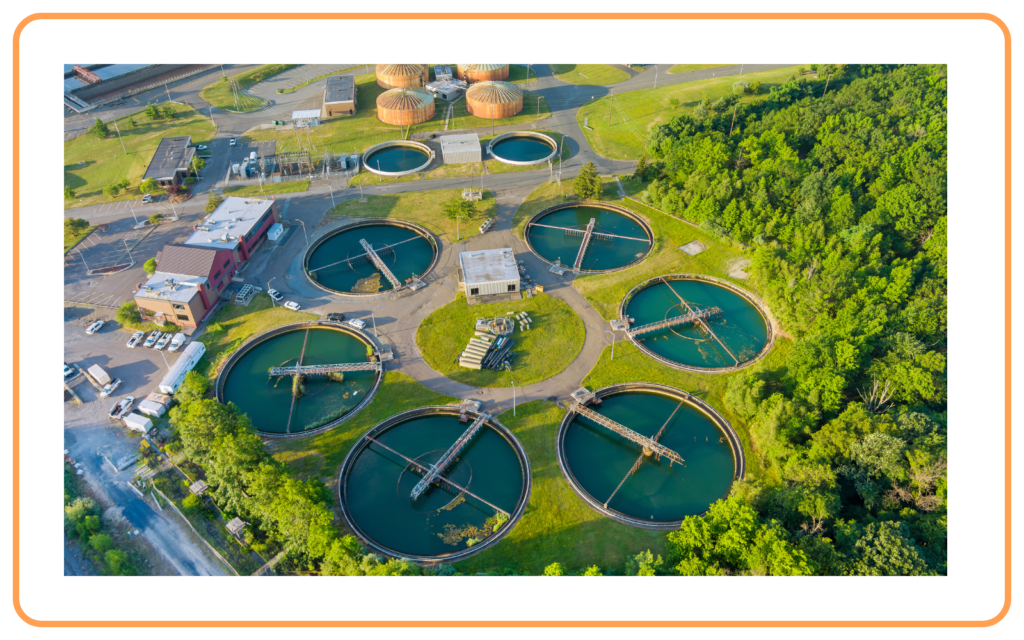
E. Afforestation
- Planting trees helps to regulate the water cycle by preventing soil erosion, improving groundwater recharge, and increasing rainfall in the area.

F. International Cooperation
- Water management is a shared global issue, and countries need to work together to tackle water scarcity and pollution. Collaborative efforts like international water treaties and shared river basin management can help ensure equitable water distribution.

Importance of Access to Clean Water
A. Health and Hygiene
- Access to clean and safe drinking water is crucial to avoid waterborne diseases. Safe water promotes good health, sanitation, and hygiene.

B. Sustainable Development
- Access to clean water is critical for the economic development of any nation. It supports agriculture, industry, and ensures that communities can thrive.
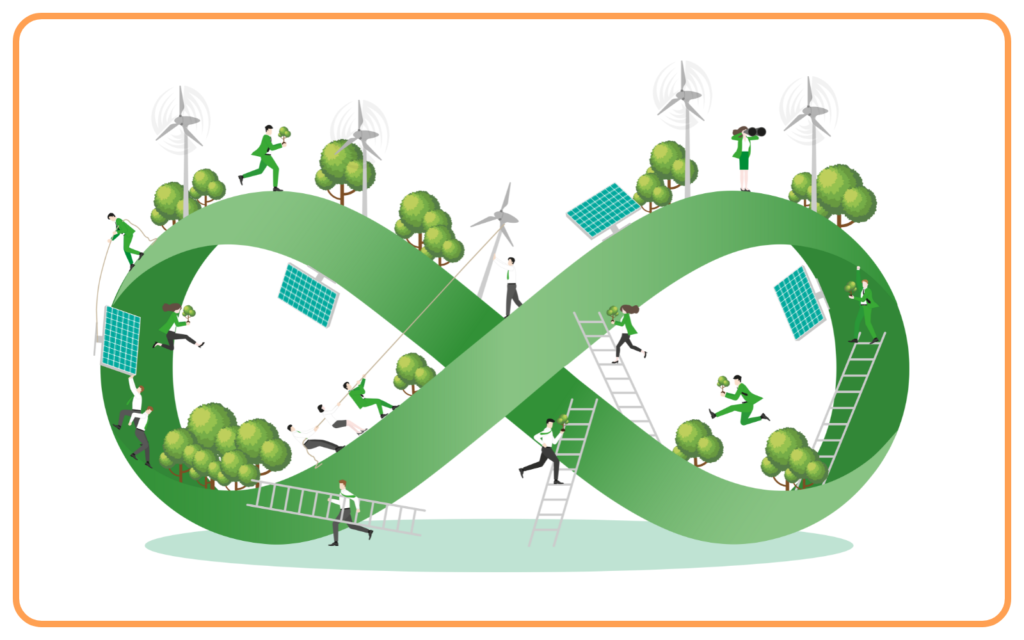
- United Nations Sustainable Development Goal 6 is focused on ensuring access to water and sanitation for all by 2030.
Conclusion
- Water for All is a pressing global issue. As water resources become increasingly scarce, it is vital for governments, industries, and individuals to work together to conserve water, reduce pollution, and ensure that everyone has access to clean, safe water.
- Efficient water management, public awareness, and technological innovation can help address the challenges of water scarcity and pollution.
Let’s practice!

